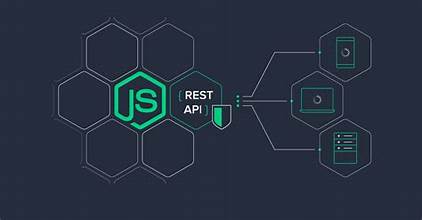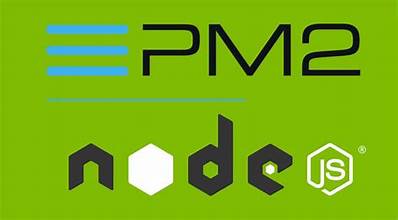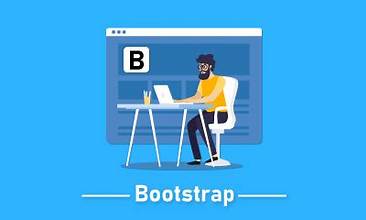What is an automated atomic test
How to code automated atomic tests
How to login without a UI using HTML web forms
How to login without a UI using JWT
How to write a component test
How to add a test id to our web app
How to correctly test a link and a tab
How to replace e2e tests with component tests
Visual e2e tests
Visual cross-browser tests
CICD with Github Actions
Requirements
- Knowledge of NodeJS and JavaScript
- An IDE that works with Node and JavaScript
- Github Account
Description
In this tutorial we will learn:
Automated atomic test
Code automated atomic tests
Login without a UI using HTML web forms
Login without a UI using JWT
Write a component test
Add a test id to our web app
Correctly test a link and a tab
Replace e2e tests with component tests
Visual e2e tests
Visual cross-browser tests
CICD with Github Actions
So what are you waiting for? Let’s jump into the tutorial
What current students are saying:
“I appreciate the time the instructor put on this course as well as the opportunity to get familiar with TestProject free of charge. Well explained, however, if you are using Windows and you are new in Automation Testing, you might find it a bit challenging with adding the SDK Token in your system environment since the instruction used MAC which is completely a different way with windows. Other than that… I appreciate a lot this free course …. thank you so much”
“I like the fundamental approach used by the author. Will see:) To prepare for such a course – it’s a really hard and big job. Respect and thank you.” – Serhii Kovalenko
“Wonderful content and things explained in a nutshell. Overwhelmed by Author’s dedication to putting things in such a way that any novice or manual tester can follow and understand and definitely be on-boarded as a Selenium Automation Engineer the next day at work. Thanks a million times for creating these courses! One Stop for Automation.”- Rupashree Geethaaviji Ananthakrishna
“I am familiar with Nikolay from a course I saw on TestAutomation and have the highest regard for him. Glad to see him on Udemy.” – Annamalai Viswanathan
“One Of the Best courses on Selenium With C#. Cheers Nikolay!!” – Saransh Vaid
Who this course is for:
- Beginner and Intermediate developers looking to learn how to test web applications
Course content
1 section • 22 lectures • 1h 56m total length
Introduction22 lectures • 1hr 56min
- Introduction01:21
- Setup02:24
- What is an atomic test06:22
- Getting started with Cypress04:10
- Breaking down tests into atomic tests05:49
- Answer to atomic tests exercise08:18
- Setting up for testing HTML forms and exploring the application05:29
- Improving the existing login tests09:03
- HTML Web Forms Answers02:41
- Testing JWT09:07
- JWT Exercise Answer06:32
- Testing a React web app07:10
- What are component tests05:31
- Running component tests03:37
- Adding test IDs to the tests04:42
- More component tests07:45
- What is visual testing03:39
- Creating end to end visual tests with WebDriverIO07:27
- Visual e2e exercise answer02:43
- CICD with a React App10:54
- Conclusions01:04
- BONUS LECTURE00:16






